Key Takeaways
- Crickets live for 6–12 weeks, influenced by species and environment.
- They play key ecological roles as decomposers and prey.
- Reproduction involves mating chirps, egg-laying, and nymph stages.
- Temperature and food availability affect cricket lifespans.
- Crickets are omnivores, not just plant eaters.
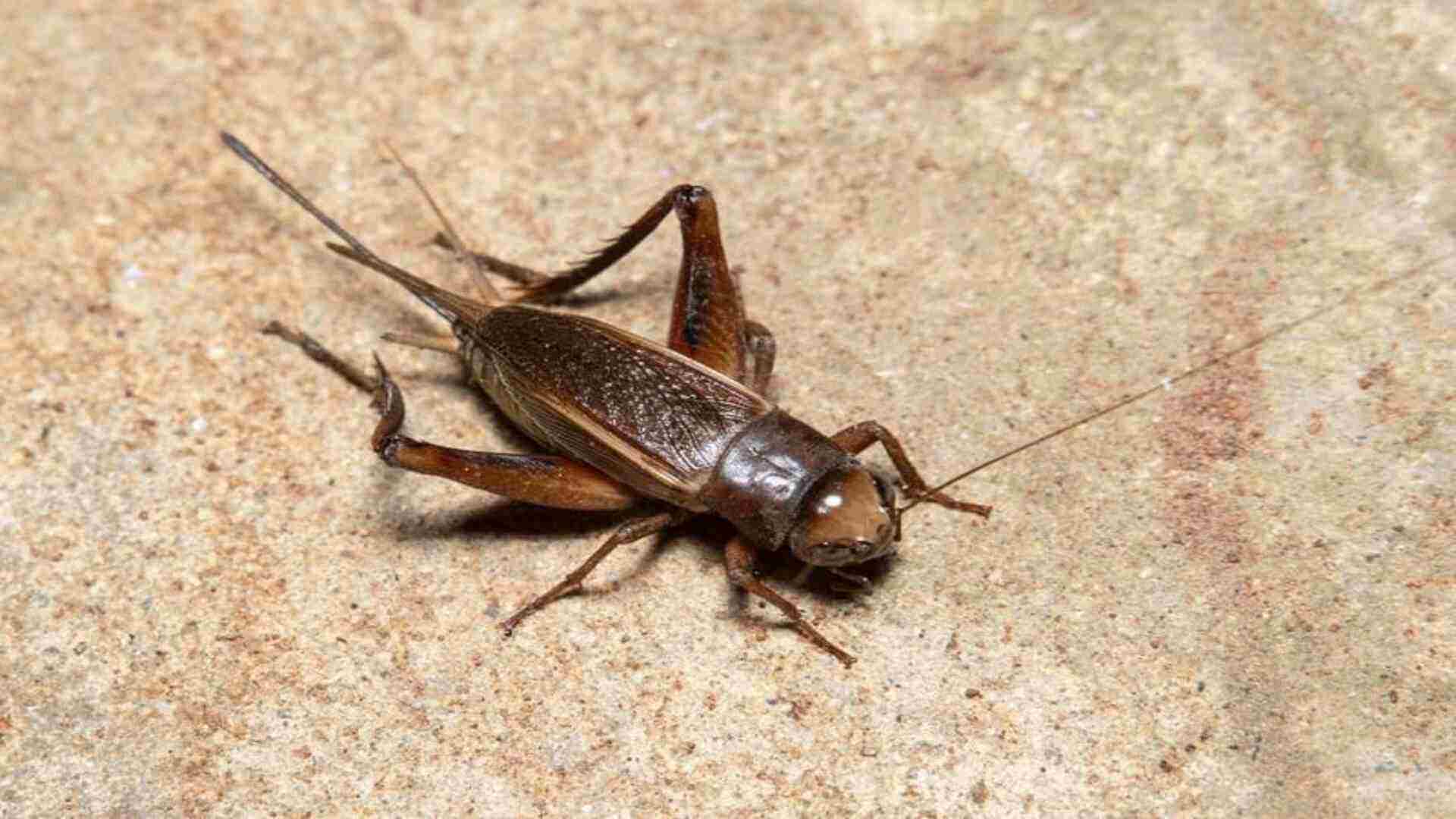 Crickets are well-known for their nocturnal activity and chirping, which often punctuates warm summer nights. Beyond their sounds, these insects play a critical role in ecosystems as decomposers and prey for many species.
Whether you’re curious about their lifespan and behavior, understanding crickets can reveal fascinating insights into their ecological importance and survival strategies. In this guide, we will shed insights on crickets’ lifespan and behavior.
Crickets are well-known for their nocturnal activity and chirping, which often punctuates warm summer nights. Beyond their sounds, these insects play a critical role in ecosystems as decomposers and prey for many species.
Whether you’re curious about their lifespan and behavior, understanding crickets can reveal fascinating insights into their ecological importance and survival strategies. In this guide, we will shed insights on crickets’ lifespan and behavior.


Not getting a solution?
Get your free pest control estimate today!How Long Do Crickets Live?
The lifespan of crickets varies depending on their species, environmental conditions, and access to resources. On average, crickets live for 6 to 12 weeks, but this duration can vary significantly depending on temperature, food availability, and predation pressures.Cricket Lifespans by Type
- As we know, there are different types of crickets and their lifespans also differ:-
-
House Crickets: Typically live 2–3 months, but can survive up to 8 months in warm indoor environments—meaning long-term chirping companions.
-
Field Crickets: Usually live for one warm season, disappearing as temperatures drop in the fall.
-
Camel (Cave) Crickets: Can live up to 2 years in dark, damp places like basements, and their silence makes them hard to detect.
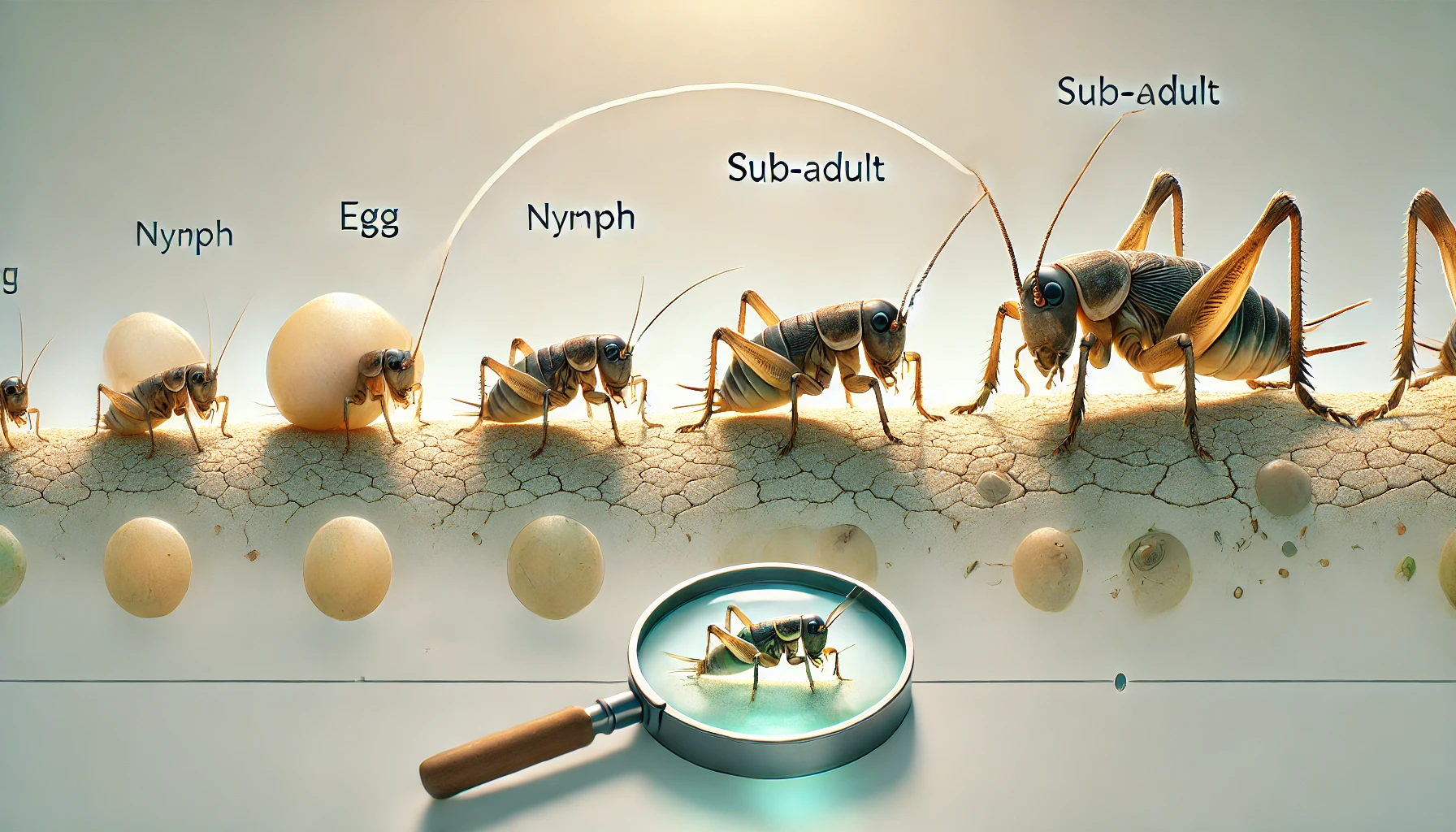
Life Cycle of Crickets

Egg Stage
Female crickets deposit their eggs in moist environments like soil or leaf litter. These eggs typically hatch within 1–2 weeks, depending on environmental conditions.
Nymph Stage
Nymphs emerge as wingless, miniature versions of adult crickets. Over the course of 4–8 weeks, they go through multiple molts, gradually developing wings & growing larger.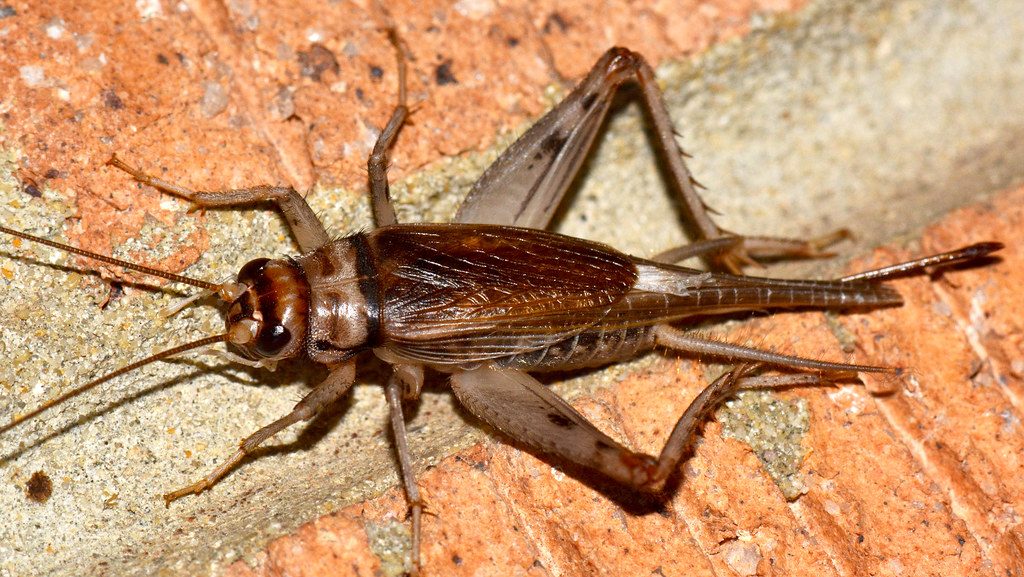
Adult Stage
Adult crickets, the final stage in their lifecycle, live for 2–6 weeks. During this period, they focus on mating, defending territories, and laying eggs to ensure the continuation of their species.Factors Influencing Cricket Lifespan
-
Temperature: Warm temperatures accelerate metabolic processes, resulting in shorter lifespans but quicker reproduction cycles. Cooler temperatures extend their lives.
-
Predation: Crickets are a common food source for predators like birds, reptiles, and spiders, lowering their chances of survival in the wild.
-
Food Availability: A stable and nutritious food supply enables crickets to complete their lifecycle efficiently, while scarcity reduces their reproductive success.

What Makes a Cricket Live Longer or Shorter?
- Several environmental and situational elements affect how long crickets stick around:
-
Temperature: Crickets live longer in cooler, damper environments, even though they prefer warmth which accelerates aging.
-
Predators: Outdoor crickets face natural predators, reducing their lifespan. Indoor environments are safer, allowing them to live longer.
-
Indoor Comfort: Consistent warmth, food availability, and safety from predators indoors create optimal conditions for longer survival.
How Long Can Crickets Live Without Food?
Crickets can survive without food for about one to two weeks. Their ability to endure short-term food scarcity depends on factors like temperature, humidity, and overall health. However, water is far more critical for their survival, as most crickets cannot live beyond a few days without moisture. They often depend on humid environments or water-rich foods like fruits to stay hydrated.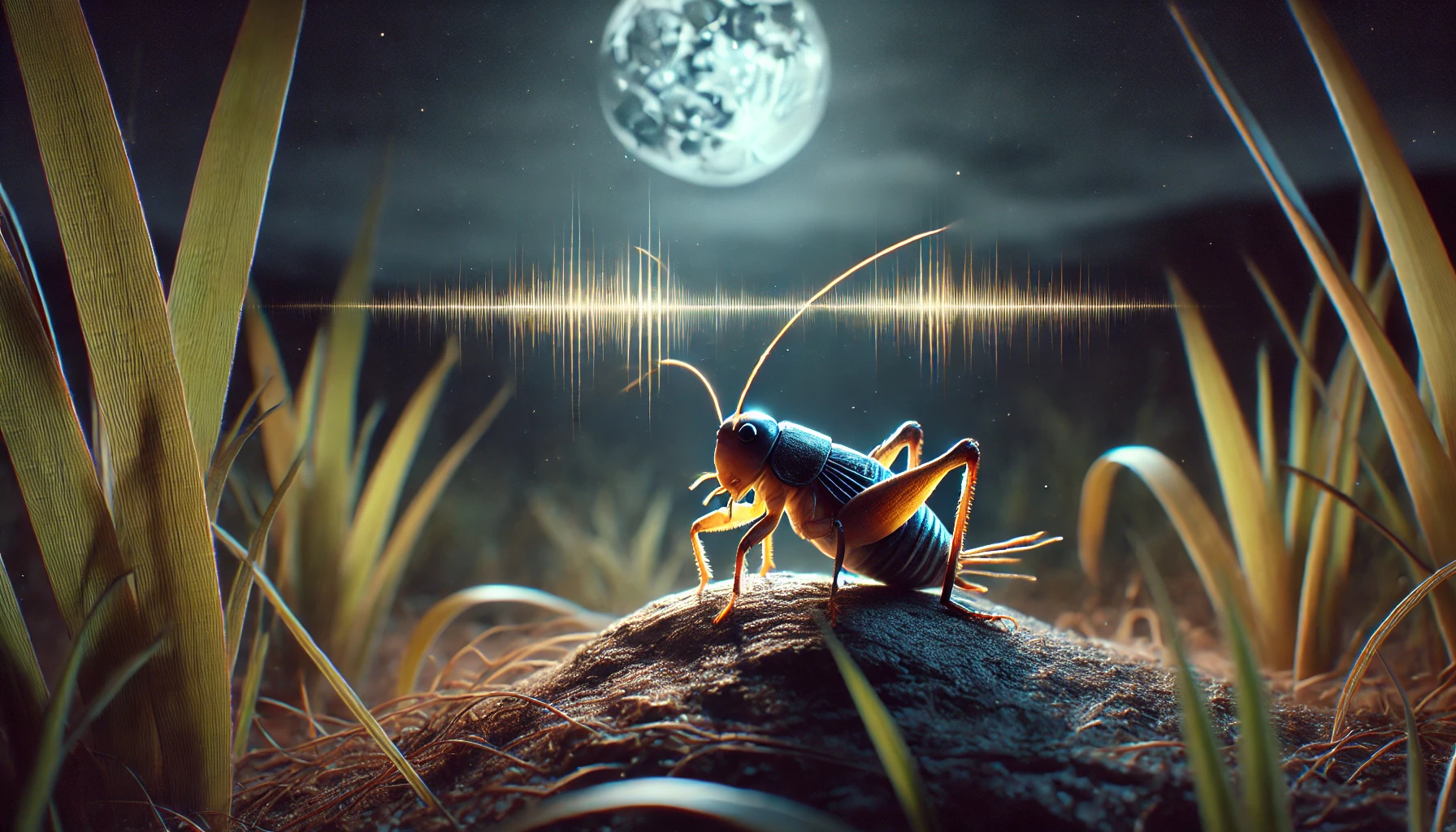
What Actually Crickets Do?
Crickets are more than just background noise. Their behaviors highlight their ecological significance and survival strategies:Crickets Role in Other's Life
-
Crickets act as decomposers, feeding on decaying plant matter, fungi, and organic debris, recycling nutrients back into ecosystems.
-
They are prey for birds, amphibians, reptiles, and small mammals, supporting the food web.
-
Male crickets chirp to attract mates, defend territory, and warn others of predators, tailoring their chirps to specific purposes.
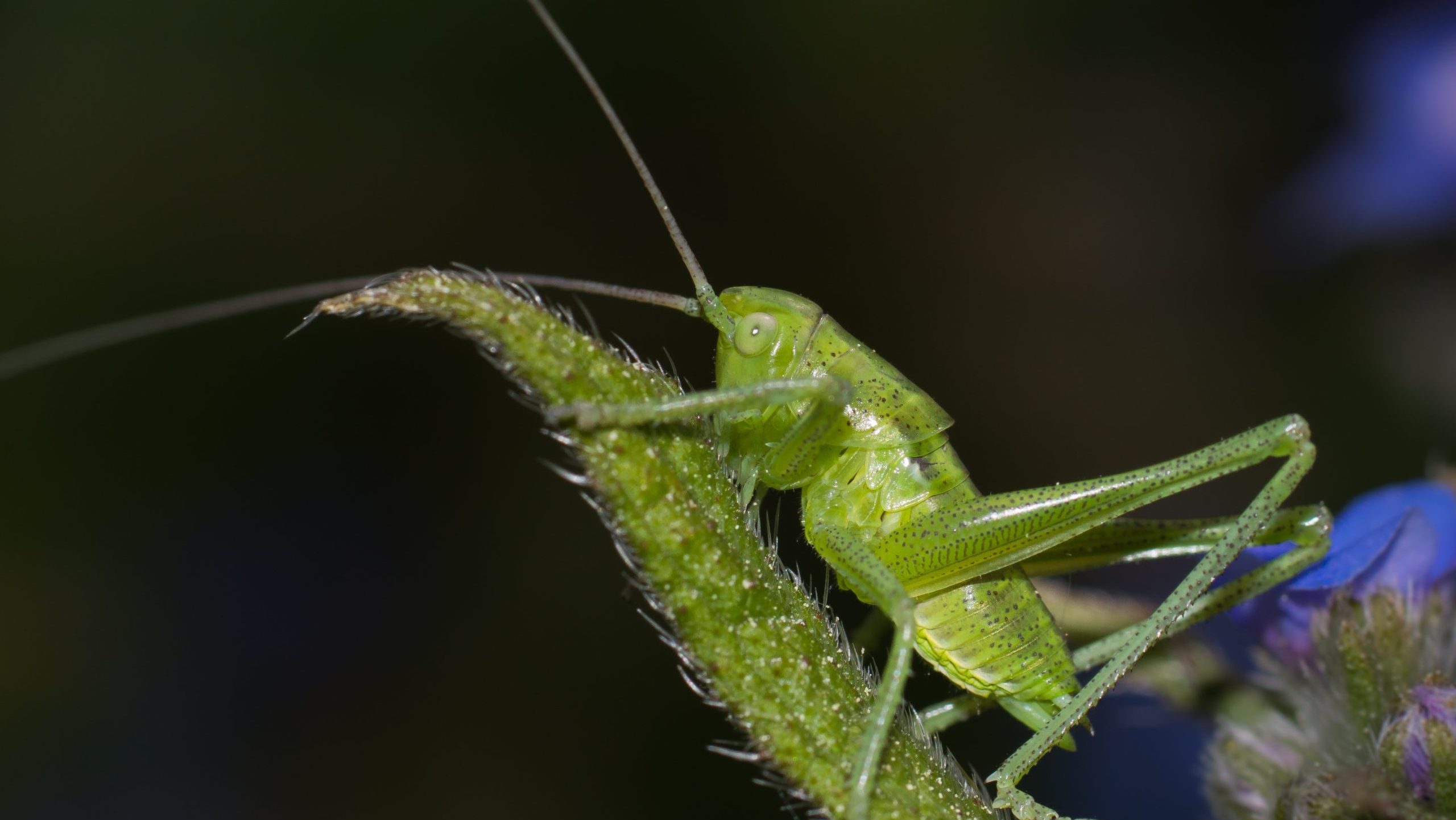
Cricket Reproduction
- Reproduction is a key focus for crickets, involving behaviors that makes sure their species’ survival.
-
Mating Behavior: Male crickets produce specific chirping patterns as courtship signals to attract females. The rhythm and frequency of their songs often indicate the male’s fitness, influencing the female’s choice of mate.
-
Egg Laying: After mating, females use their ovipositor, a tube-like organ, to deposit eggs in moist substrates like soil or leaf litter. A single female can lay 50–200 eggs in one cycle depending on the species.
-
Nymph Development: Once hatched, nymphs grow through several molts, shedding their exoskeletons until they reach adulthood. This stage is critical for their survival and eventual reproduction.
Myths and Facts About Crickets
| Myth | Fact |
|---|---|
| Crickets live for years. | Most crickets live for about 8 to 10 weeks, depending on species and environmental conditions. |
| Crickets eat only plants. | Crickets are omnivores and consume a variety of organic matter, including plants and insects. |
| All crickets chirp. | Only male crickets chirp, using their wings to produce the sound. |
| Crickets are pests with no benefits. | Crickets play an important role in the ecosystem, aiding in decomposition and serving as prey. |
| Crickets can survive indefinitely without food. | Crickets can survive for one to two weeks without food, depending on their health and environment. |
Practical Ways to Prevent Cricket Infestations
- Here are some effective strategies to keep crickets from turning your home into their nightly concert hall:
-
Seal Entry Points: Inspect and seal cracks or gaps around your home’s foundation, windows, doors, and screens to block cricket entry.
-
Control Humidity: Use dehumidifiers in basements and crawl spaces to reduce moisture that attracts crickets.
-
Reduce Outdoor Lighting: Switch to yellow bug lights or minimize nighttime lighting, as crickets are attracted to bright lights.
-
Keep Your Home Clean: Vacuum regularly, eliminate crumbs, and store food securely to remove potential food sources.
-
Maintain Your Yard: Trim plants, mow grass, and clear debris around the exterior to eliminate cricket-friendly hiding spots.
-
Use Cricket Repellents: Spray natural repellents like peppermint, lemon, or eucalyptus oils near entry points to deter crickets.
-
Humane Cricket Removal: Use a cup and paper to trap and release crickets outside, or place sticky traps in problem areas.
Pest Exterminators: The Pest Control Experts
Pests may be small, but they can cause big problems when they invade your home. That’s where Pest Exterminators come in. Our team of expert pest control professionals knows how to identify the source of the infestation and implement treatments that eliminate pests at all stages of their lifecycle.We have you covered, from bait traps to preventative measures that stop future invasions. With years of experience and a reputation for success, Pest Exterminators is the company you can trust to solve your pest problems. Contact us today, and let us help you take control.





